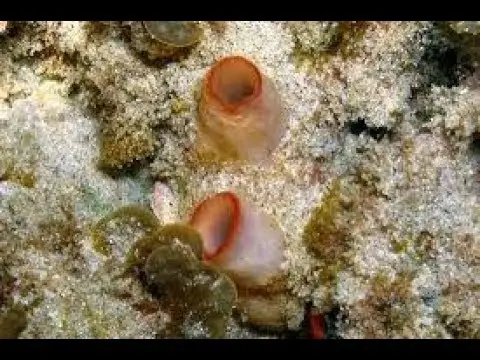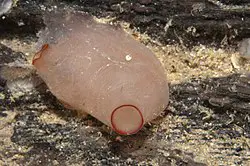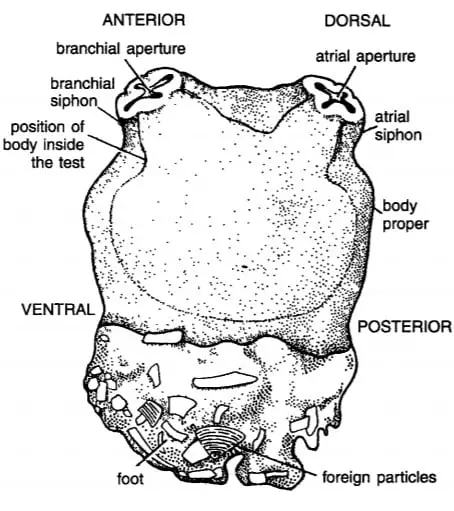Test or Tunic is the outer covering of Herdmania which gives them protection against external mechanical injuries and it has several wrinkles on the outer surface. In young Herdmania the tunic is transparent, with the age it becomes much thicker and become opaque. Tests do not only give protection, they also act as respiratory surface as well as sensory receptor surface. The fold and depression present on the surface of the tunic give the tunic a wrinkled appearance.
Inside the test, it shows great resemblance with cartilaginous tissues, have a gelatinous matrix, in the gelatinous matrix different types of corpuscles, fibres, blood vessels, calcareous spicules. On the outer surface of the tunic, the dead part is replaced by young tissue from the inner layer.

Table of Contents
Matrix:
In Tunic, the gelatinous matrix is made of a polysaccharide, tunicate in which different types of corpuscles, blood vessels, calcareous spicules remain in an embedded state.
Corpuscles:
In the gelatinous matrix of tunic, some special corpuscles or cells present which we listed below —-
- Large Eosinophilus Cells: It is a special type of cells which shows red colour in eosin stain, they are large and spherical, present in large numbers.
- Small Eosinophilus Cells: They have ecentric nucleus and present in large numbers in the gelatinous matrix.
- Small Amoeboid Cells: They are irregular shaped, small sized cells and they are Amoeboid in nature.
- Spherical Vaculated Cells: They are vaculated small spherical shaped cells, nucleus remain invisible state in the cytoplasm.
- Granular Receptor Cells: They are sensory cells take part in recieving external stimulation and remain around the nerve fibres.
- Small Branched Nerve Cells: They have several slender process which performs the function of dendrites, take the nervous stimulus from the sensory receptor cells and transmits the same to other parts of the test.
- Squamous Epithelium Cells: Tunic have large number of plate like flat epithelial cells, squamous epithelium cells.
Fibrils:
In the gelatinous matrix, some fibrillar structures make networks throughout the matrix of the tunic, some of them look like smooth muscle fibres and others look like nerve fibres.
Blood Vessels Present in Tunic of Herdmania:
The tunic is highly vascularized in Herdmania, in the gelatinous matrix large number of blood vessels form the network, due to those blood vessels the tunic gives a pinkish appearance from outside. The terminal end of the blood vessels have a knob-like structure known as ampullae, they present on the outer surface of the tunic, due to the ampullae the pinkish surface of the tunic show bright red coloured tints.

The vascular ampullae present on the surface of the tunic has some important functions, they take part in respiration, due to association with nerve cells they also take part in receiving nervous stimulus.
Spicules:
In the gelatinous matrix, a large number of spicules remain in the embedded state, two types of spicules are present in them, the spicules have several circular ring-like bands and on the circular bands, small spine-like structure arranged in a certain manner. We will discuss the structure of each type of spicules present in them —
- Microscleres: They are very small sized spicules, around 60 microns, they present only in test. They show great resemblance with paper pin, rounded knobs like structure at one end, head and have tapering body part. On each microscleres around 20 to 60 circular ring of spines present.
- Megascleres: They are large sized spicules present throughout the body but remain absent in heart, they are of two different shape, pipette shaped and spindle shaped. Pippette shaped spicules are generally curved spicules with circular swelling at middle like a pippette. Spindle shaped spicules present in large numbers and they remain in group, they have a spindle shape with both the end tapering, generally have small size as compared to pippette shaped megascleres.

Reference Habitat and Habits of Herdmania
Detailed Information on
Hi Everyone!!! Welcome to Imaluop. Imaluop always try to learn some new and he want to share to other people. Here we will try to learn various topics on Science, specially on Biological Sciences.